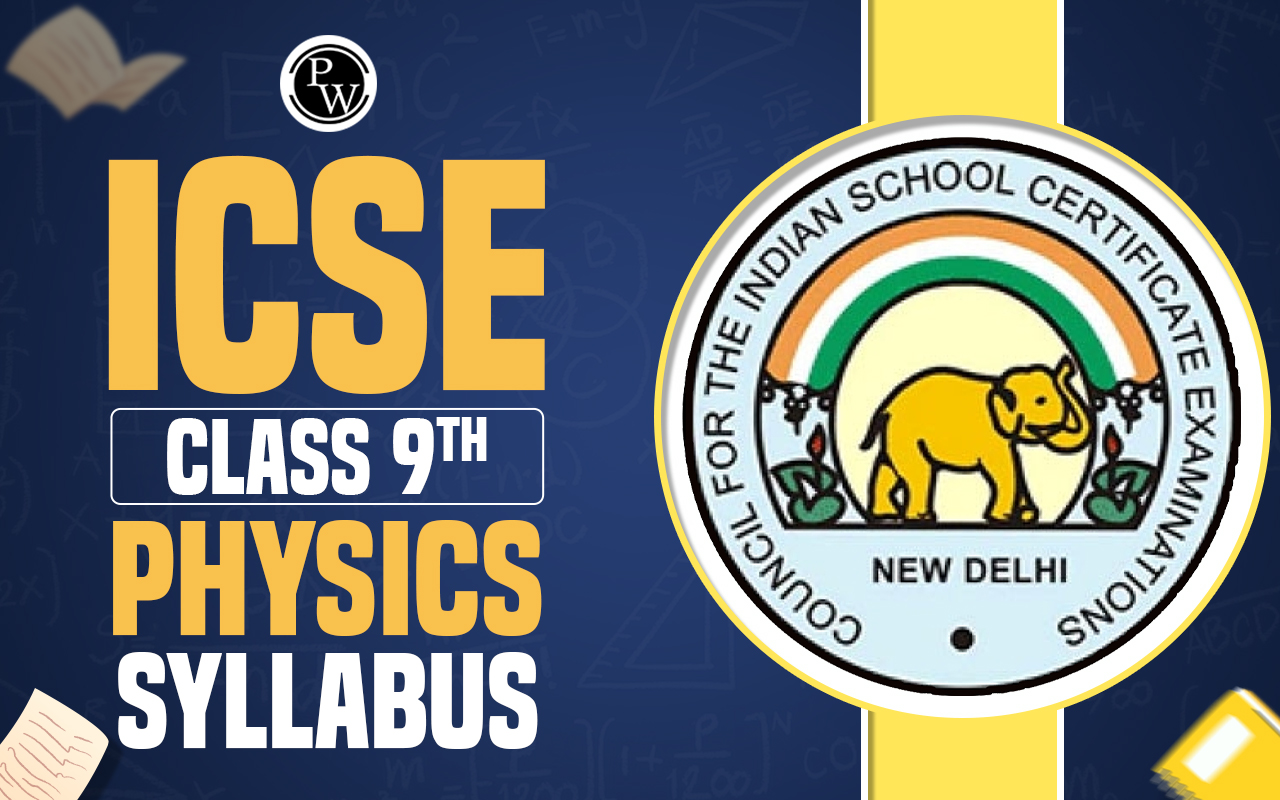

Statistics plays a crucial role in extracting meaningful insights from data, and one of its fundamental tools is Analysis of Variance (ANOVA). ANOVA is a statistical method used to assess the variation between groups and within groups in a dataset, making it a powerful tool for comparing means across different categories or treatments. In this comprehensive guide, we will delve into ANOVA, its various forms, underlying principles, and the formulas that drive its calculations.
What is Analysis of Variance (ANOVA)?
Analysis of Variance (ANOVA) is a statistical technique used to analyze and compare the means of two or more groups or treatments to determine if there are statistically significant differences among them. It's a widely used method in research and data analysis, particularly when you want to investigate the impact of categorical independent variables on a continuous dependent variable.
The Need for ANOVA Formula
Imagine a scenario where you want to determine whether there are significant differences in the average test scores of students taught by different teachers. You might have data from multiple classrooms, each with its own set of students and teacher. This is where ANOVA comes into play. It helps us decide if the differences observed in the means of these groups are statistically significant or merely due to random variation.
Also Check - Trigonometry Formula
Key Objective of ANOVA:
Independent and Dependent Variables: In an ANOVA analysis, you typically have one or more independent variables (factors) and one continuous dependent variable (the outcome or response variable). The independent variables categorize the data into different groups or treatments.
Null and Alternative Hypotheses: ANOVA involves formulating a null hypothesis (H0) that states there are no significant differences among the group means, and an alternative hypothesis (Ha) that suggests there are significant differences among at least two groups.
Variation: ANOVA assesses the variation in the data by partitioning it into two main sources: variation between groups and variation within groups.
Also Check - Arithmetic Progressions Formula
Sum of Squares (SS): ANOVA calculates two types of sums of squares:
SSB (Sum of Squares Between): Measures the variation between the group means. It tells us if there are significant differences among the group means.
Now, let's take a closer look at how to calculate SSB and SSW:
- Calculating SSB (Sum of Squares Between)
SSB = Σ (ni * (Xī - X̄)²)
In this equation:
"ni" represents the number of observations in the ith group.
"Xī" represents the mean of the ith group.
"X̄" represents the overall mean of all groups.
SSB quantifies how much the group means differ from the overall mean, weighted by the number of observations in each group. It tells us about the variation between groups.
SSW quantifies how much individual data points within each group deviate from their group mean. It tells us about the variation within each group.
Calculating SSW (Sum of Squares Within)
SSW = Σ Σ (Xij - Xī)²
In this equation:
"Xij" represents an individual observation in the ith group.
"Xī" represents the mean of the ith group.
Once you calculate SSB and SSW, you can plug these values into the formula for F to determine if there are significant differences between the group means. A large F-value relative to a critical F-value from a distribution table or a statistical software output indicates that there are significant differences between the groups.
Degrees of Freedom (df): Degrees of freedom are associated with the sums of squares. For between-group variation (SSB), df equals the number of groups minus one (k - 1), where "k" is the number of groups. For within-group variation (SSW), df equals the total number of observations minus the number of groups (n - k).
Mean Squares (MS): Mean Squares are obtained by dividing the Sum of Squares by its corresponding degrees of freedom. There's a Mean Squares for between groups (MSB) and one for within groups (MSW).
F-Statistic: The F-statistic is the ratio of Mean Squares for between groups (MSB) to Mean Squares for within groups (MSW). It measures whether the differences among group means are statistically significant. A larger F-value suggests more significant differences.
Also Check - Complex number Formula
Significance Testing: To determine the significance of the F-statistic, you compare it to a critical F-value based on the chosen significance level (alpha) and the degrees of freedom. If the calculated F-value exceeds the critical F-value, you reject the null hypothesis in favor of the alternative, indicating that at least one group mean is significantly different from the others.
Post Hoc Tests: If ANOVA indicates significant differences among groups, post hoc tests, such as Tukey's Honestly Significant Difference (HSD) or Bonferroni correction, can be used to identify which specific groups differ from each other.
Assumptions: ANOVA assumes that the data within each group are normally distributed, have equal variances (homoscedasticity), and that observations within each group are independent.
Types of ANOVA Formula:
There are various types of ANOVA, including:
One-Way ANOVA: Used when there is one independent variable with multiple levels or groups.
The Formula for One-Way ANOVA
To understand ANOVA better, let's dive into the formula for one-way ANOVA:
F = (Between-group variability / (k - 1)) / (Within-group variability / (n - k))
Where:
F is the F-statistic, a measure of the ratio of variance between groups to variance within groups.
Between-group variability is the sum of squares between groups, which measures the variation between the group means.
k is the number of groups.
Within-group variability is the sum of squares within groups, which measures the variation within each group.
n is the total number of observations.
The sums of squares for between-group variability and within-group variability are calculated as follows:
- Two-Way ANOVA
Two-way ANOVA extends the analysis to two independent variables, each with multiple levels. It allows us to assess not only the main effects of each independent variable but also their interaction. The formula for two-way ANOVA is more complex but builds upon the principles of one-way ANOVA.
- Repeated Measures ANOVA
Repeated Measures ANOVA is used when you have the same subjects in multiple treatment conditions. This type of ANOVA considers the within-subject variation and can be particularly useful in longitudinal or within-subject experimental designs.
- Factorial ANOVA
Factorial ANOVA is an extension of two-way ANOVA that can handle multiple independent variables with multiple levels. It provides insights into the interaction effects between these variables, making it a versatile tool for complex experimental designs.
Also Check - Real Numbers Formula
Interpreting the F-Statistic
After calculating SSB and SSW, we can use the F-statistic formula to determine if there are significant differences between the group means. The F-statistic is essentially a ratio that compares the variance between the groups (SSB) to the variance within the groups (SSW). The larger the F-value, the more evidence we have against the null hypothesis, indicating that there are significant differences among the group means.
To assess the significance of the F-statistic, we typically perform a hypothesis test. The null hypothesis (H0) posits that there are no significant differences between the group means, while the alternative hypothesis (Ha) suggests that there are significant differences.
The critical value of the F-statistic depends on the chosen significance level (alpha) and the degrees of freedom associated with both SSB and SSW. If the calculated F-statistic exceeds the critical value, we reject the null hypothesis, concluding that at least one group mean is
Assumptions of ANOVA
Before applying ANOVA, it's crucial to consider its underlying assumptions. Violations of these assumptions can affect the accuracy and reliability of ANOVA results. The key assumptions are:
- Normality: ANOVA assumes that the residuals (the differences between observed values and predicted values) follow a normal distribution. You can check this assumption using techniques like the Shapiro-Wilk test or by examining the residuals' histogram.
- Homogeneity of Variance (Homoscedasticity): ANOVA assumes that the variances within each group are roughly equal. You can assess this assumption visually using a plot of the residuals versus the predicted values for each group.
- Independence: Observations within each group should be independent of each other. This assumption is crucial to avoid biasing the results. For example, if data points within a group are not independent, it may lead to pseudoreplication.
If these assumptions are not met, adjustments or transformations may be necessary before performing ANOVA. Alternatively, non-parametric tests, such as the Kruskal-Wallis test, can be used when the assumptions of ANOVA are violated.
ANOVA in Action: Example and Interpretation
To illustrate how ANOVA works, let's consider a practical example:
Scenario: A pharmaceutical company is testing three different drug formulations (A, B, and C) to determine their effectiveness in reducing blood pressure. They have measured the blood pressure reduction for each drug in a sample of patients.
Data:
Group A (Drug A): [5, 8, 6, 7, 9]
Group B (Drug B): [3, 2, 4, 5, 6]
Group C (Drug C): [8, 10, 9, 11, 12]
Step 1: Calculate Group Means
Calculate the mean for each group:
Group A (Drug A): Mean = (5 + 8 + 6 + 7 + 9) / 5 = 35 / 5 = 7
Group B (Drug B): Mean = (3 + 2 + 4 + 5 + 6) / 5 = 20 / 5 = 4
Group C (Drug C): Mean = (8 + 10 + 9 + 11 + 12) / 5 = 50 / 5 = 10
Step 2: Calculate Overall Mean
Calculate the overall mean of all data points:
Overall Mean = (7 + 4 + 10) / 3 = 21 / 3 = 7
Step 3: Calculate SSB (Sum of Squares Between)
Now, calculate SSB using the formula:
SSB = Σ (ni * (Xī - X̄)²)
For Group A (Drug A):
SSB_A = 5 * (7 - 7)² = 0
For Group B (Drug B):
SSB_B = 5 * (4 - 7)² = 45
For Group C (Drug C):
SSB_C = 5 * (10 - 7)² = 45
Total SSB = SSB_A + SSB_B + SSB_C = 0 + 45 + 45 = 90
Step 4: Calculate SSW (Sum of Squares Within)
Calculate SSW using the formula:
SSW = Σ Σ (Xij - Xī)²
For Group A (Drug A):
SSW_A = (5 - 7)² + (8 - 7)² + (6 - 7)² + (7 - 7)² + (9 - 7)² = 4 + 1 + 1 + 0 + 4 = 10
For Group B (Drug B):
SSW_B = (3 - 4)² + (2 - 4)² + (4 - 4)² + (5 - 4)² + (6 - 4)² = 1 + 4 + 0 + 1 + 4 = 10
For Group C (Drug C):
SSW_C = (8 - 10)² + (10 - 10)² + (9 - 10)² + (11 - 10)² + (12 - 10)² = 4 + 0 + 1 + 1 + 4 = 10
Total SSW = SSW_A + SSW_B + SSW_C = 10 + 10 + 10 = 30
Step 5: Calculate Degrees of Freedom
Now, calculate the degrees of freedom for both SSB and SSW:
Degrees of Freedom for SSB = k - 1 = 3 - 1 = 2
Degrees of Freedom for SSW = (n - k) = (15 - 3) = 12
Step 6: Calculate the F-Statistic
Using the formula for the F-statistic:
F = (Between-group variability / (k - 1)) / (Within-group variability / (n - k))
F = (90 / 2) / (30 / 12) = 45 / 2.5 = 18
Step 7: Determine Significance
To determine the significance of the F-statistic, you would consult an F-table or use statistical software to find the critical F-value for your chosen significance level (alpha). Let's assume a significance level of 0.05.
If the calculated F-value (18) exceeds the critical F-value, you would reject the null hypothesis. In this case, the F-value is much larger than the critical value, indicating that there are significant differences in blood pressure reduction between the drug formulations.
Applications
ANOVA is used in a wide range of fields, including biology, psychology, economics, engineering, and more, to compare means and test hypotheses about group differences.
Conclusion
Analysis of Variance (ANOVA) is a powerful statistical technique for comparing means across different groups or treatments. It provides a formal framework for determining whether the observed differences among group means are statistically significant or could have occurred by chance.
In this comprehensive guide, we've explored the types of ANOVA, the formula for one-way ANOVA, the calculation of SSB and SSW, and the interpretation of the F-statistic. We've also discussed the assumptions underlying ANOVA and the importance of checking these assumptions before applying the technique.
ANOVA is a versatile tool that can be applied in various fields, from medicine to social sciences to engineering. Understanding its principles and formulas empowers researchers and analysts to make informed decisions based on data, ultimately advancing our understanding of the world around us.
ANOVA Formula FAQs
What is the purpose of ANOVA?
How do you interpret the F-statistic?
What does "sum of squares" (SS) mean in ANOVA?
How do I know which groups are different in ANOVA?
Are there different types of ANOVA?












